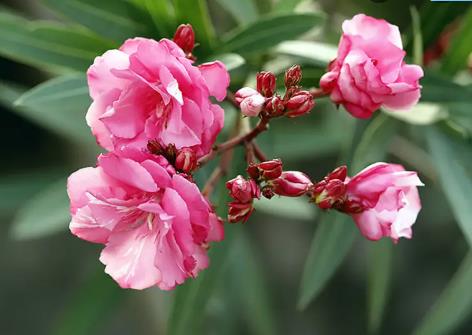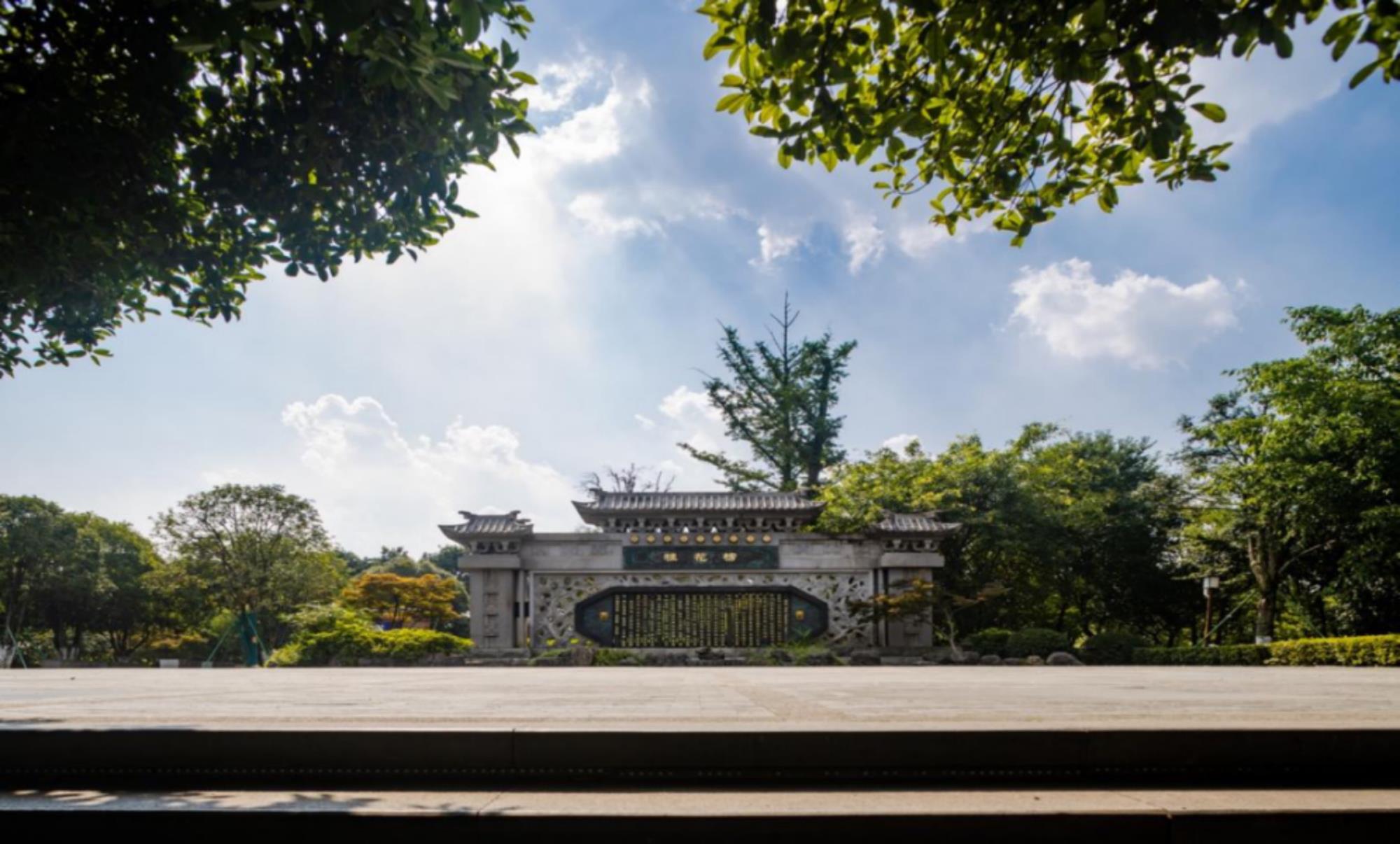
Oleander (scientific name: Nerium oleander L.) is an evergreen upright large shrub of the oleander family, with a height of up to 5 meters. The branches are grayish green, the tender branches are ribbed, and are slightly hairy, and the hairs fall off when they are old. The leaves are 3-4 whorled, the leaf surface is dark green, the leaf back is light green, the middle vein is sunk in the leaf surface, the petiole is flat, the cyme is terminal, the Corolla is dark red or pink, and the Corolla is single and 5-lobed. When the Corolla is funnel-shaped, the seeds are oblong, the flowering period is almost all year round, and the summer and autumn are the most prosperous; The fruit period is generally in winter and spring, and the cultivation rarely bears fruit.
Growth habit:
It likes fertile water and neutral or slightly acidic soil
Curing method:
The organic soil and miscellaneous fertilizer accounting for about 20% of the basin soil shall be kept. If used for chicken manure, 15% is enough. Fertilization time: once before the Qingming Festival and once after the autumn equinox. Method: dig a circular ditch at the side of the basin, apply fertilizer and then cover with soil. After the Qingming fertilization, the bean cake water made by adding water and retting is applied every ten days or so; After fertilization in the autumn equinox, the soybean cake water or peanut cake water or ten times the chicken manure liquid shall be applied every ten days or so. Without the above-mentioned fertilizer, the human urine that has been rotten for more than seven days can be added with water five to seven times, and then poured along the edge of the basin, and then watered. For the fertilizer containing more nitrogen, the principle is thin, light, little and frequent, and the root shall be strictly prevented from being burnt.




